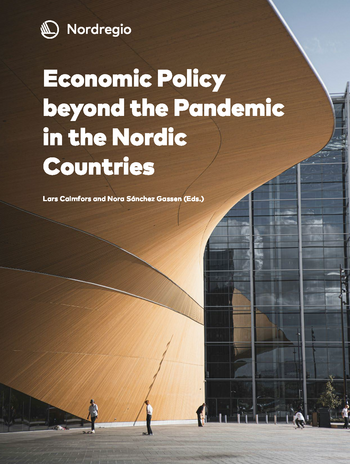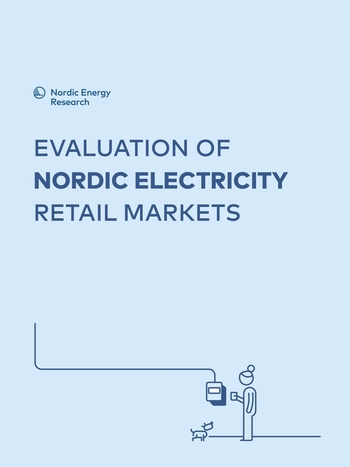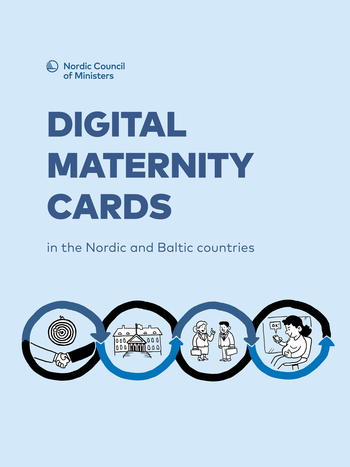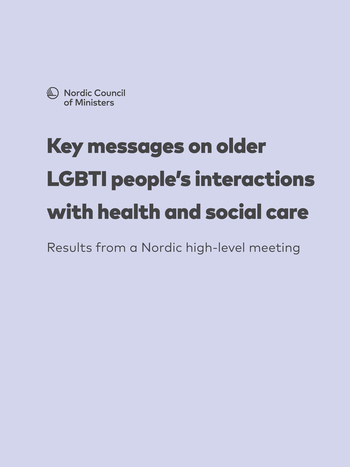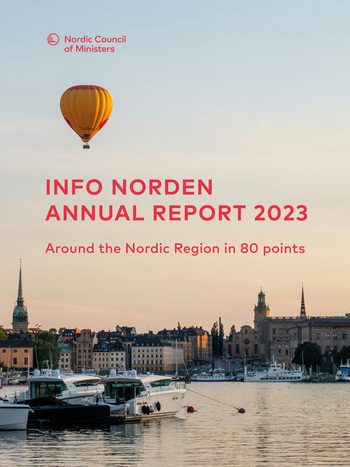State of the Nordic Region 2018
Theme 1: Demography
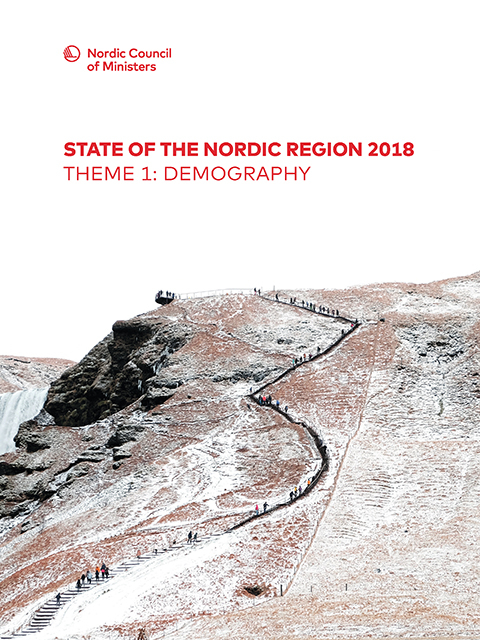
Information
Publish date
Abstract
The Nordic population: Increasingly urban, diverse and older.The current demographic situation in the Nordic Region is characterised by four main trends: The Nordic population is growing, driven to a large extent by immigration, and is increasingly concentrated in urban settlements. The average age of the population is also increasing, while a growing share of people have a foreign background. All of these trends are expected to continue in the years to come.By 2030, the Nordic Region is expected to have almost 30 million inhabitants, an increase of more than 10% from the current 26 million. In Sweden, almost 80% of the population increase is expected to occur in the densely populated urban areas in the south of the country. In the other Nordic countries, population growth remains more decentralised and in many cases medium-sized towns may grow faster than capital areas.Over the past ten years, the population of the Nordic Region has grown quicker but also aged faster as a whole than in many other European regions. This process does not however affect all Nordic regions and municipalities in equal measure. As the following chapters show, Nordic municipalities and regions experience very different, often contrasting, demographic trends, presenting specific opportunities and challenges to each: Population growth is largely concentrated in the urban areas while many remote and sparsely populated areas face population decline and high rates of population ageing.By 2030, large parts of northern and eastern Finland, for example, are expected to have populations where more than 50% of people over 15 are aged 65 or more.Around one in five people in the Nordic Region live in the five largest urban areas. Between 2011 and 2016, growth in urban settlements has been around 9% in Norway and Sweden, while Denmark, Finland and Iceland register around half that rate. Immigration accounts for a large part of this increase. Indeed, roughly 26% of all Nordic municipalities increased their population between 2011 and 2016 only due to international migration. As of 2017, one in eight Nordic residents were identified as having been born abroad, either in another Nordic country or outside the Nordic Region. Rural municipalities are increasingly recognising the important contribution that immigrants can make to their communities. Most migrants however still choose to live in the large urban settlements. As such, questions relating to how best the integration of refugees and other newcomers can be facilitated have gained increasing in relevance in the aftermath of the European ‘refugee crisis’ and will undoubtedly remain of central concern in the years to come.
Publication number
2018:002
